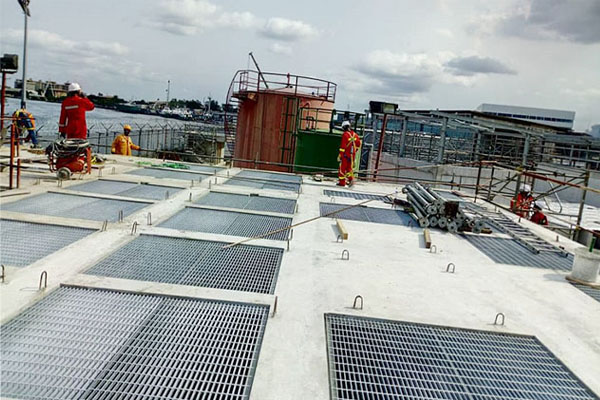News And Resources

Information and Resources
What happen when I Flush my toilet?
The average person flushes their toilet five times a day .An entire household of four people may flush their toilet 20times or more in a single day .But where does the waste go? If you have a Treatment Plants, there’s a lot that happens on your property each time you flush. When you flush a toilet, the following occurs:
• The water and waste(Black Water) flow through your home’s plumbing system and into main drain line
• The main drain leads outside to your home’s septic tank
• The black water enters the first holding tank
• Solid begins to settle to the bottom of the tank where they form a sludge layer
• The sludge is slowly broken down by bacteria processes
• Materials that float in water like fats, grease and oil rise to the top to form the scum layer
• The remaining water or effluent start making its way towards the second holding tank where further separation of scum and sludge occurs.
• The remaining effluent is directed into LEACH FIELD where it is allowed to make its back into the ground.
• The soil naturally filters out remaining contaminants from the water as its way back down into the water table. This all sounds great into theory, but we all know that reality rarely works the way we want it to. Concerns for your water table /table water arise because of the LEACHING process .While the drain field is purposely designed to allow the wastewater to make it way back into the water tables. However, the placement of many of these system too close to our WATERWAYS AND ESTUARIES many residents in Lagos Island are using system that constantly pump RAW WASTEWATER into our groundwater and coastal waterways, which is a major concern that all residents should know about and try to correct it.

TYPES OF TREATMENT TANKS
There are several treatment tank options available, each suited to different conditions.
• CONCRETE TREATMENT TANKS: Durable and long-lasting ,often the go-to chance for many homeowners.
• STEEL TREATMENT TANKS: Less common due to corrosion issues ,but some older homes may still have them.
• FIBER GLASS/PLASTIC TREATMENT TANKS: Light weight and resistant to cracking but must be properly anchored to avoid shifting. The type of tank you choose will depend on local registrations, soil condition, and your budget.
Each type has its advantage and considerations, and proper selection is vital for longevity of your septic tanks.
Treatment tank services are essential for the efficient and safe operation of your homes wastewater system. These services help prevent costly repairs and maintain environmental health.

INSPECTION AND DIAGNOSTICS
To ensure your treatment plants operate effectively, regular inspections are crucial. During an inspection a Professional will assess your tanks conditions including its level of sludge and scum, to determine if pumping or evacuation is needed. They will also check for leaks and evaluate the drain field to detect any potential issue.
TREATMENT TANK PUMPING
Pumping is a critical component of septic tank service. It is recommended that you have your septic tank pumped or evacuated every 1-2 years, depending on the usage. This process involves removing the accumulated sludge and scum from your tank to prevent system backups and overflows, which can lead to environmental contamination and property damage.
EMERGENCY SERVICES
Sewage Treatment plant may require emergency service in instances of unexpected failure or backup. Signs that you need emergency services include sewage odors, gurgling pipes, slow drainage or wastewater appearing on the ground surface .Immediate professional intervention can mitigate the impact of the urgent issues and restore your system’s functionality.
Photo Gallery





